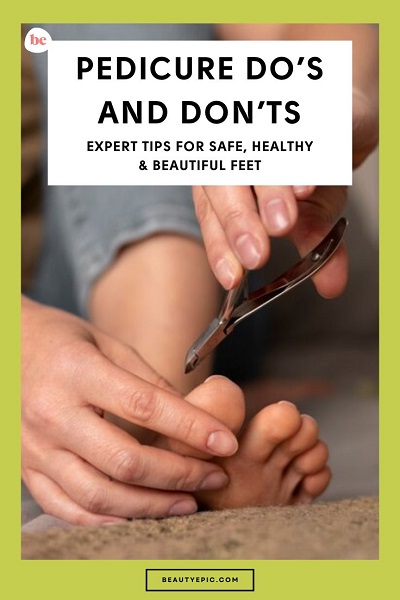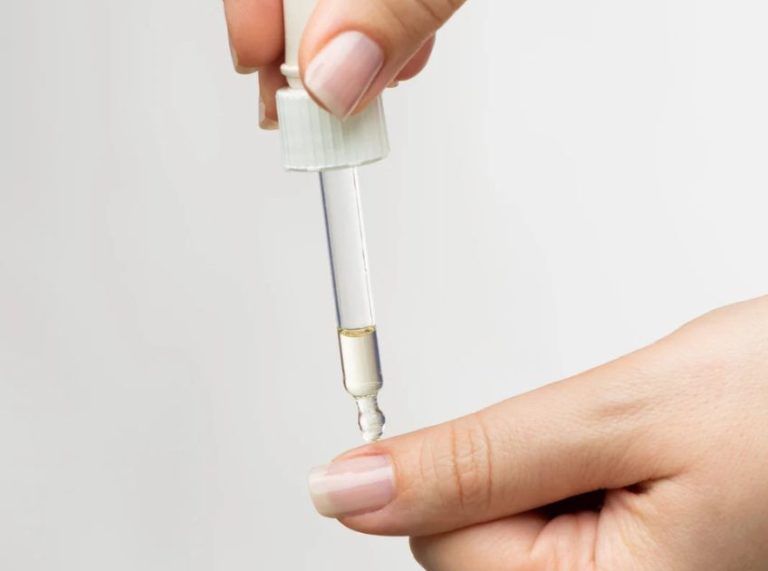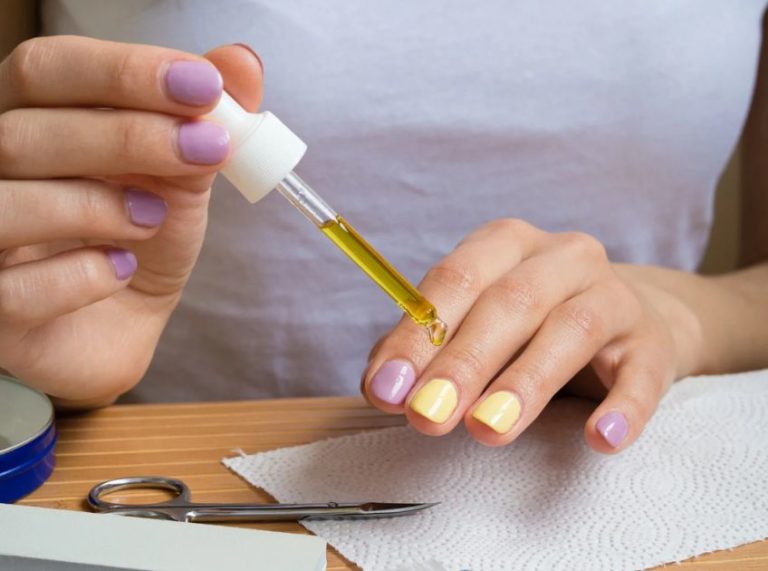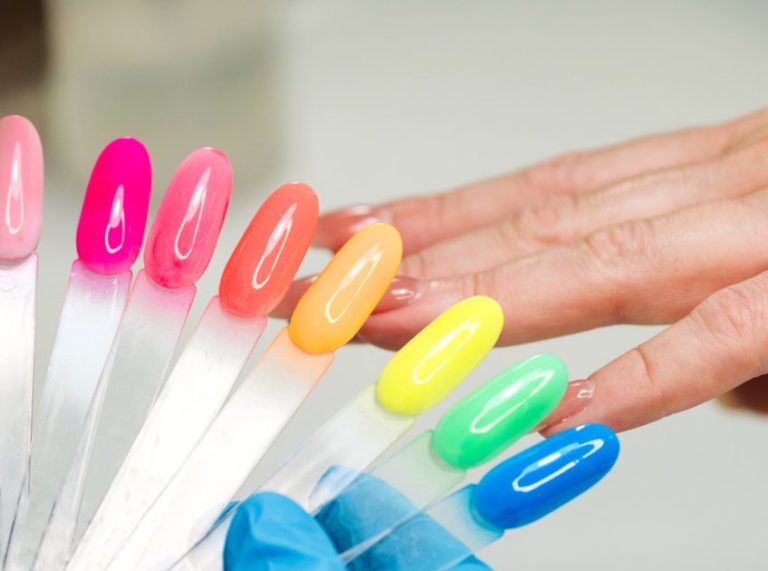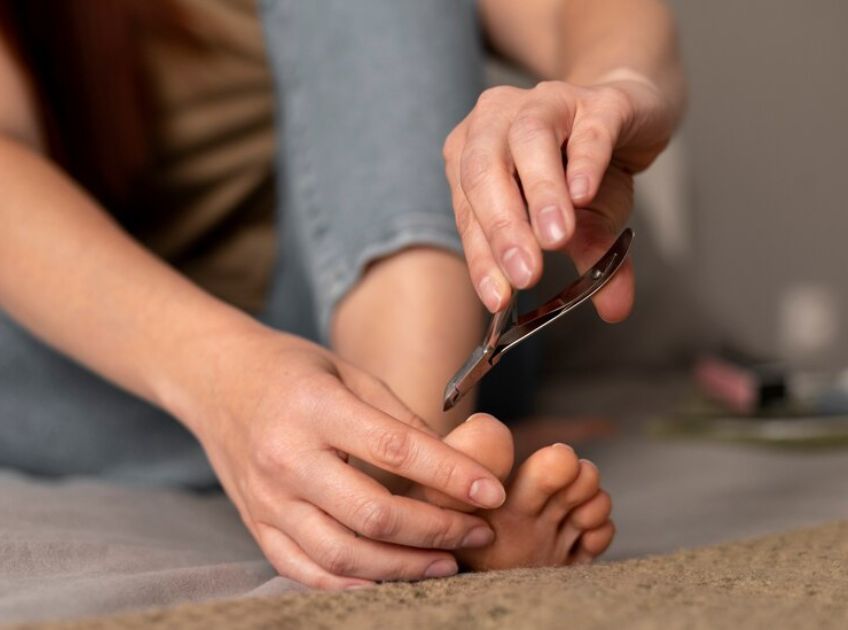
Important: This article is for informational purposes only. Please read our full disclaimer for more details.
A pedicure can be the ultimate self-care ritual—relaxing, refreshing, and beautifying all in one go. But did you know that the way you get a pedicure can make or break your foot health?
Whether you’re visiting a salon or doing it yourself, following the right steps (and avoiding the wrong ones) can help you maintain soft, clean, and infection-free feet. Here’s your expert guide to the essential pedicure dos and don’ts every foot-conscious person should know.
Article Contains
Why Proper Pedicure Habits Matter
Pedicures aren’t just about pretty toenails—they can also:
- Prevent fungal infections and ingrown toenails
- Improve circulation and skin health
- Help identify early signs of foot issues
- Provide pain relief through exfoliation and massage
But when pedicures go wrong—due to poor hygiene or improper technique—they can lead to cracked skin, infections, or worse. That’s why knowing the golden rules is so important.
DO: Start with a Clean Slate
- Before you dip your feet into the tub, cleanliness is key.
- Wash your feet thoroughly before any pedicure, at home or salon.
- Remove old polish with a gentle, non-acetone remover.
- Sanitize your tools before starting (or ensure your salon does).
Pro Tip: If you’re using reusable files or clippers, clean them with soap and water, then disinfect with alcohol or Barbicide.
DON’T: Shave Your Legs Right Before
Shaving before a pedicure can create tiny nicks or abrasions on your skin, increasing the risk of infection when soaking in a footbath.
Expert Advice: Avoid shaving within 24 hours of your pedicure, especially if you’re heading to a salon.
DO: Trim Nails Properly
Proper nail cutting prevents painful issues like ingrown toenails.
- Cut nails straight across—never curved at the edges.
- Use a clean, sharp clipper and smooth out with a nail file.
- Don’t trim them too short; leave a thin white edge visible.
Remember: Nails protect your toes, so over-trimming can lead to soreness and vulnerability to infection.
DON’T: Let Anyone Cut Your Cuticles
Your cuticles are natural barriers against bacteria and fungi. Cutting them increases infection risks.
Safer Alternative: Gently push back softened cuticles with a wooden stick after soaking. Apply cuticle oil to nourish and protect.
DO: Exfoliate Smartly
Removing dead skin helps prevent calluses and cracked heels—but don’t overdo it.
- Use a pumice stone or foot file gently on heels and soles.
- Focus on areas of buildup, but stop if skin turns red or sore.
- Limit exfoliation to once or twice a week.
Bonus Tip: Exfoliate after soaking when skin is soft but not mushy.
DON’T: Use Sharp Tools on Thick Skin
Razors or metal scrapers might offer instant gratification, but they can break the skin and invite infections, especially for those with diabetes or circulation issues.
Stick to: Gentle exfoliation tools and moisturizing foot masks for regular care.
DO: Moisturize and Massage
Hydrated skin is healthier, softer, and less prone to cracking.
- Use a thick, fragrance-free foot cream after exfoliation.
- Massage in circular motions to boost blood flow.
- Don’t forget your toes and cuticles.
Foot Fact: Massaging your feet stimulates pressure points that promote relaxation and improved circulation.
DON’T: Apply Polish Without a Break
Wearing nail polish constantly can trap moisture and darken the nail bed, leading to discoloration or fungal growth.
Give your nails a breather: Go polish-free for a few days each month to let nails recover and breathe.
DO: Choose a Clean, Reputable Salon
If you’re getting professional pedicures:
- Look for salons that sterilize tools and clean foot baths between clients.
- Avoid using whirlpool tubs unless they’re properly disinfected.
- Bring your tools if you’re unsure about hygiene standards.
Expert Tip: Choose early morning appointments—salons are typically the cleanest at opening time.
DON’T: Ignore Warning Signs
If you notice redness, swelling, oozing, or nail discoloration after a pedicure, don’t brush it off. These could be signs of infection.
See a podiatrist promptly to prevent complications, especially if you have diabetes or circulatory conditions.
Pedicure Do’s and Don’ts Table
| Do’s | Don’ts |
|---|---|
| Wash and sanitize feet and tools | Don’t shave legs before a pedicure |
| Cut nails straight across | Don’t trim nails too short |
| Push back cuticles gently | Don’t cut or tear cuticles |
| Exfoliate heels with a pumice stone | Don’t use sharp razors on your feet |
| Moisturize with rich foot cream | Don’t skip moisturizing after exfoliation |
| Take polish-free breaks | Don’t wear nail polish nonstop |
| Choose clean, well-reviewed salons | Don’t ignore signs of infection or irritation |
| Use clean tools every time | Don’t share nail files or clippers |
| Massage your feet to boost circulation | Don’t rush the process—go slow and gently |
Final Thoughts: Mastering the Art of Safe Pedicures
Pedicures can be an enjoyable way to maintain beautiful, healthy feet, but they need to be done the right way. By following expert-backed practices, avoiding risky habits, and listening to your body, you can keep your feet in top condition all year round.
Want salon results at home? Stick to safe tools, moisturizing treatments, and hygienic practices. Your feet will thank you.
